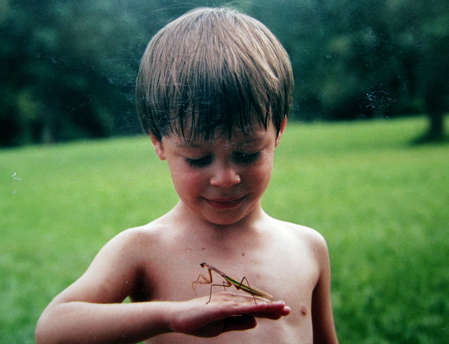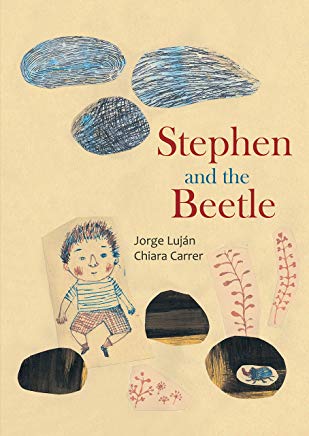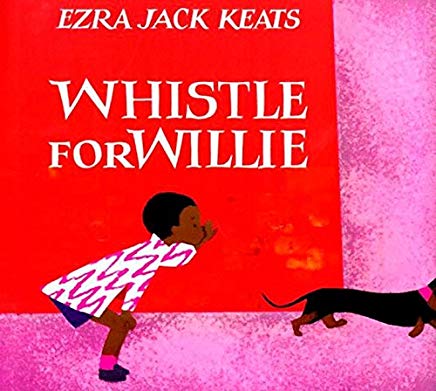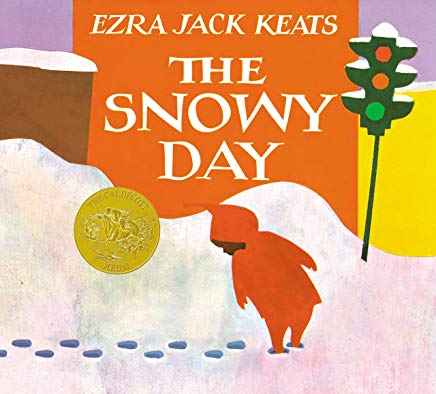The Blog
Blog Entry
Small World

Board books: you can throw them, chew them, soak them in the bath, or slather them all over with puréed yams. You can read them in the rain or on a train, you could probably compose symphonies and business plans in all the airy repetition, and does it really ever matter when they don’t add up to more than the sum of a Bah and a Moo and Cluck-Cluck-Cluck?
Probably not. I don’t list many board books here, therefore. The Runaway Bunny still brings a tear, and Jamberry, and even Goodnight Moon, but the truth is it might have been any old book that we found for a buck, on a stoop, or received from some grasping second cousin back when we did not know enough to discriminate.
And we’d probably have read it a thousand or two times, and kept our questions to ourselves (Um, who is that quiet old lady whispering hush?), and recommended it to other first time parents, and they’d have thanked us, all the while thumping through the pages and wondering, What’s the big deal?
Well, it’s a part of us, we might have answered. Of rainy weekday mornings, and waiting rooms, and naptimes – real or aspirational – it was a key to our survival, like the flint or Bic lighter or rusty fishing hook you keep around to remind you of near-misses in the wild.
And so I do not underestimate these future keepsakes, but suppose we find value where we will. Basic shapes, colors, numbers and words seem like a worthy enough literary objective for this genre, along with anything resulting in sleep.
But what if we were meanwhile able to introduce a small measure of abstraction in the space of one hundred or fewer words? To play with perspectives, or travel through landscapes which once in a while veer from the literal? I’m not sure this is asking too much of the average two- or three-year-old reader, though in this country at least, we seem increasingly reluctant to dare, forgetful perhaps of the quiet ruminations and mixed-up perspectives and untied loose ends which continue to distinguish Ezra Jack Keats – now fifty years after The Snowy Day.
A board book too! And Whistle for Willie: both of these stories you can drool over, or play bongos, or name colors, or count footprints, or contemplate the transience of a snowball, a chalk line, a universe. Both of these books you can grow with.
There’s something resembling that range and ambition in Stephen and the Beetle by Jorge Luján (an Argentinean) and Chiara Carrer (an Italian), and though this isn’t a board book, you get the feeling it would not suffer from being dragged around between appointments like Linus’s blanket. On it’s surface this is hardly any more complicated than those stories by Keats: a boy, alone with his imagination and a beetle he finds in his garden, reflexively prepares to smash it with his shoe, before pausing to consider where this apparently harmless fellow earthling – one of trillions, after all – might actually be headed. He studies, is transported: the beetle, now a magnificent triceratops from the Cretaceous Period, seems all of a sudden to remember something – but what exactly?
Many of us spend whole lifetimes wondering the same thing – about monarch butterflies fluttering from Canada to Mexico and back over several generations, about those implacable salmon and penguins and Christmas Island crabs, but also about the dude across the street who rises for work every morning at five, the girl running in the park, the dotty old lady making her way out to the mailbox every afternoon. What keeps them going? Only survival?
I think more. Luján isn’t saying – “If I drop my shoe, thought Stephen, the day will go on just the same, except for one small thing,” is all he’s prepared to concede – but it’s the artwork here, by Carrer, that speaks volumes about our side-by-side puniness, boy and beetle taking turns in a spotlight that sometimes fills up the whole page, and sometimes resembles a faraway target on Google Maps.
Maybe this sounds like a lot for someone still learning to tell the difference between orange and pink, or negotiate the phonetic minefield between Thirteen and Firteen and Fourteen, or identify an octagon, or figure out what X is for besides xylophone (existentialism, anyone?), or maybe some wisdom will always elude us, and some we can only outgrow.



